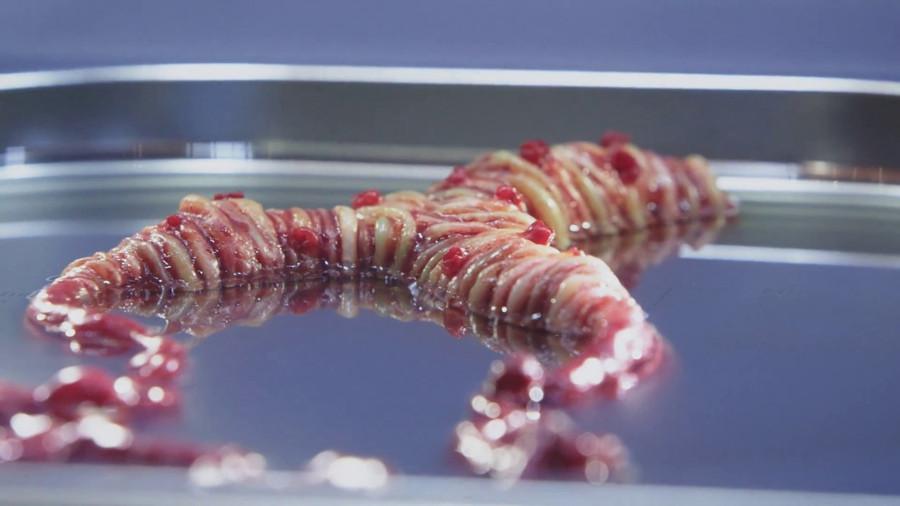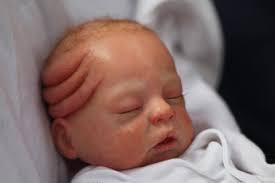Here’s how art is inspiring the Fourth Industrial Revolution
Curated from: weforum.org
Ideas, facts & insights covering these topics:
4 ideas
·198 reads
1
Explore the World's Best Ideas
Join today and uncover 100+ curated journeys from 50+ topics. Unlock access to our mobile app with extensive features.
Reducing the skills gap
Arts and humanities are fundamental pillars of any education system and more important than ever.
While education in Science, Technology, Engineering and math (STEM) is important, it is not enough. Tomorrow's generations need to become versed in empathy, imagination, and creativity.
Integrating the arts into STEM education is a necessary strategy to reduce the skills gap of the next generation. But empathy, imagination and creativity are required to ensure that science and technology are developed in a human-centred way.
7
63 reads
Trust in technology
Art is necessary to build an emotional framework to make sense of the dialogues at the core of the Fourth Industrial Revolution.
Art and culture build the trust needed to bridge conflicting views and interests, overcome obstacles with dynamic and innovative approaches and understand the value embedded in any process of technological innovation.
7
58 reads
Embedding art and design into prototyping
Art and design enable us to deep dive into the consequences of futuristic “what if” scenarios.
A series of artworks can express and critique values before they are embodied in technology. Art provides cognitive and emotional tools to design the future and make creative breakthroughs in unexpected and emotional ways.
7
42 reads
Shaping the future of health
The Fourth Industrial Revolution is transforming health. It has the potential to make it more patient-centric, affordable and accessible.
Agi Haines designed a series of speculative designs that imagine which parts of various animals could be used in combination with human tissue to solve common health problems. Circumventive Organs show the messy reality behind commoditizing biological material, and its potential to help people in need.
7
35 reads
IDEAS CURATED BY
Theodore H.'s ideas are part of this journey:
Learn more about technologyandthefuture with this collection
The differences between Web 2.0 and Web 3.0
The future of the internet
Understanding the potential of Web 3.0
Related collections
Similar ideas
Read & Learn
20x Faster
without
deepstash
with
deepstash
with
deepstash
Personalized microlearning
—
100+ Learning Journeys
—
Access to 200,000+ ideas
—
Access to the mobile app
—
Unlimited idea saving
—
—
Unlimited history
—
—
Unlimited listening to ideas
—
—
Downloading & offline access
—
—
Supercharge your mind with one idea per day
Enter your email and spend 1 minute every day to learn something new.
I agree to receive email updates



